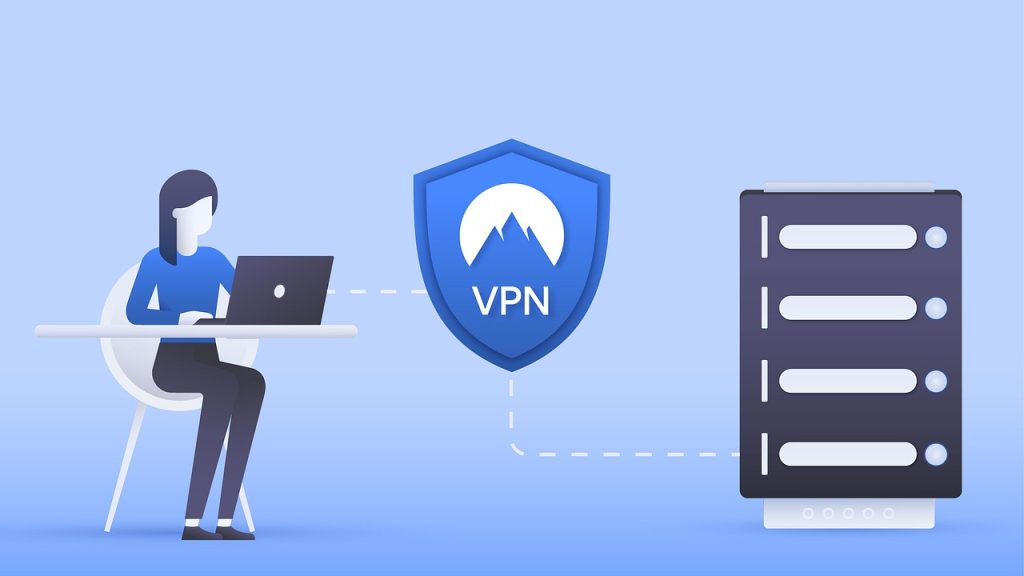A Virtual Private Network (VPN) is a valuable tool for enhancing your online privacy and security. By encrypting your internet connection and masking your IP address, a VPN helps protect your data from hackers, trackers, and other threats. Here’s a guide on how to choose and use a VPN effectively.
Choosing the Right VPN

Evaluate Your Needs
Start by assessing what you need from a VPN. Consider factors like privacy, security, speed, and accessibility. If your primary concern is privacy, look for a VPN with a strict no-logs policy and strong encryption. If you need fast speeds for streaming or gaming, focus on providers known for high-performance servers. For accessing content from different regions, ensure the VPN has servers in the locations you’re interested in.
Research VPN Providers
When selecting a VPN provider, research their reputation and features. Look for providers with a strong track record of security and privacy. Check for features such as AES-256 encryption, a no-logs policy, a kill switch, and DNS leak protection. Reading reviews and comparing VPN services can help you make an informed decision.
Consider Server Locations
The number and locations of servers offered by a VPN can affect its performance and functionality. A larger number of servers and diverse locations can provide better speeds and more options for bypassing geo-restrictions. Choose a VPN with servers in the regions that are relevant to your needs.
Review Pricing and Plans
VPNs come with various pricing plans, from monthly subscriptions to annual or multi-year options. Compare the cost of different plans and check for any additional features included in higher-tier packages. Many VPN providers offer a free trial or a money-back guarantee, allowing you to test the service before committing.
Setting Up and Using Your VPN
Install the VPN Application
After choosing a VPN provider, download and install the VPN application on your devices. Most providers offer apps for major operating systems such as Windows, macOS, iOS, and Android. Follow the installation instructions provided by the VPN provider.
Configure VPN Settings
Open the VPN app and log in with your account credentials. Explore the settings to configure the VPN according to your preferences. Key settings to consider include selecting an encryption protocol (e.g., OpenVPN, WireGuard), enabling the kill switch, and activating DNS leak protection. Adjust these settings based on your security needs and desired performance.
Once configured, select a server location and connect to the VPN. The app will typically display a notification or status indicator confirming that the VPN connection is active. Choose a server that is geographically close to you for optimal speed, or select a server in a different region if you need to access content restricted to that area.
To ensure your VPN is working correctly, verify your connection using online tools. Check your IP address and DNS leaks to confirm that your true IP address is hidden and that your data is secure. Many VPNs provide built-in tools for checking these aspects.
Maintain and Update Your VPN

Regularly update your VPN application to benefit from the latest security features and performance improvements. Most VPN providers release updates to address vulnerabilities and enhance functionality. Keeping your VPN up-to-date ensures that you maintain the highest level of security and performance.
By carefully choosing a reputable VPN provider, configuring it to suit your needs, and consistently using it to secure your internet connection, you can effectively protect your online privacy and enhance your browsing experience. Regularly check your VPN settings and stay informed about updates to ensure optimal security and performance.

Leave a Reply